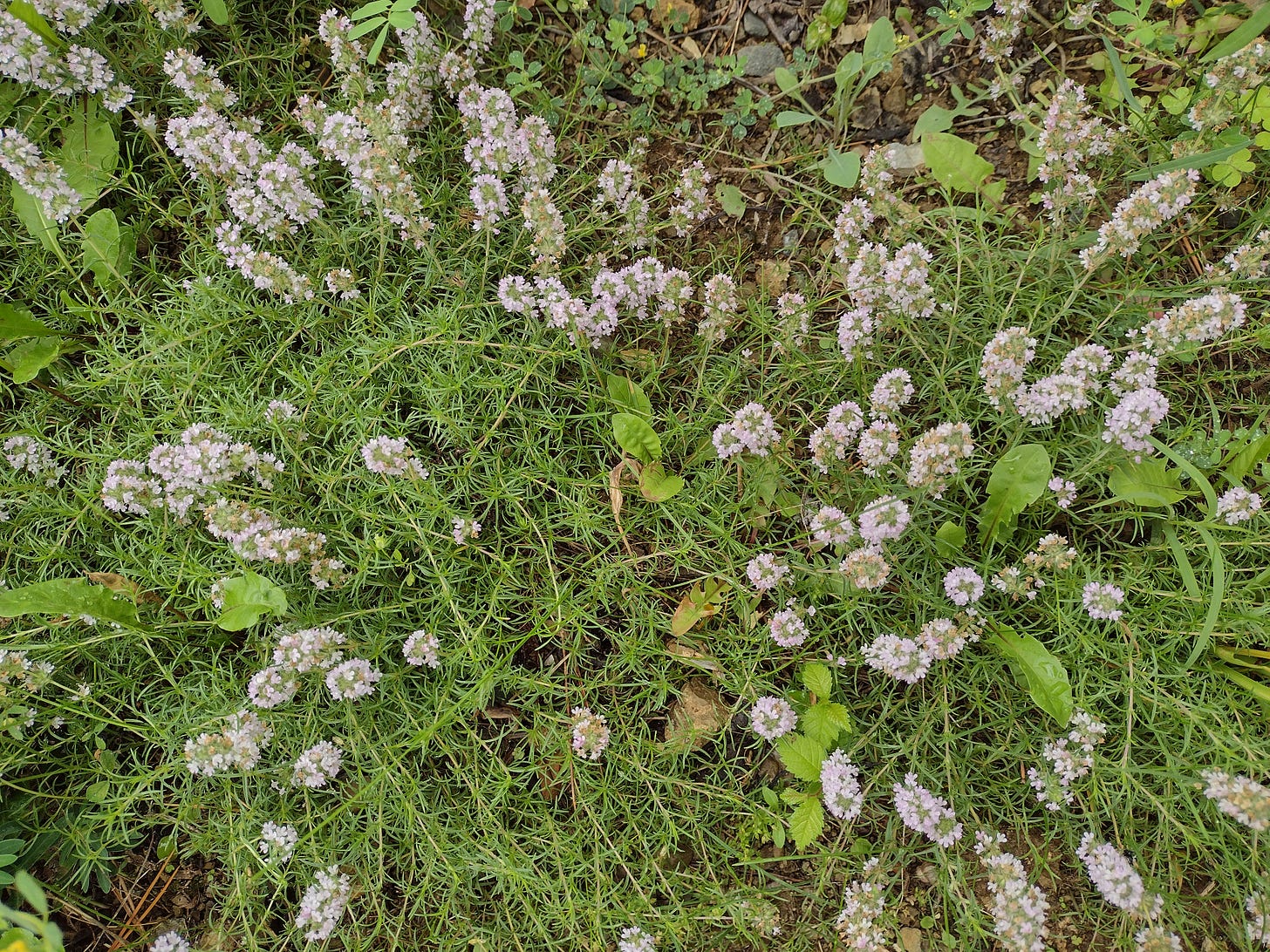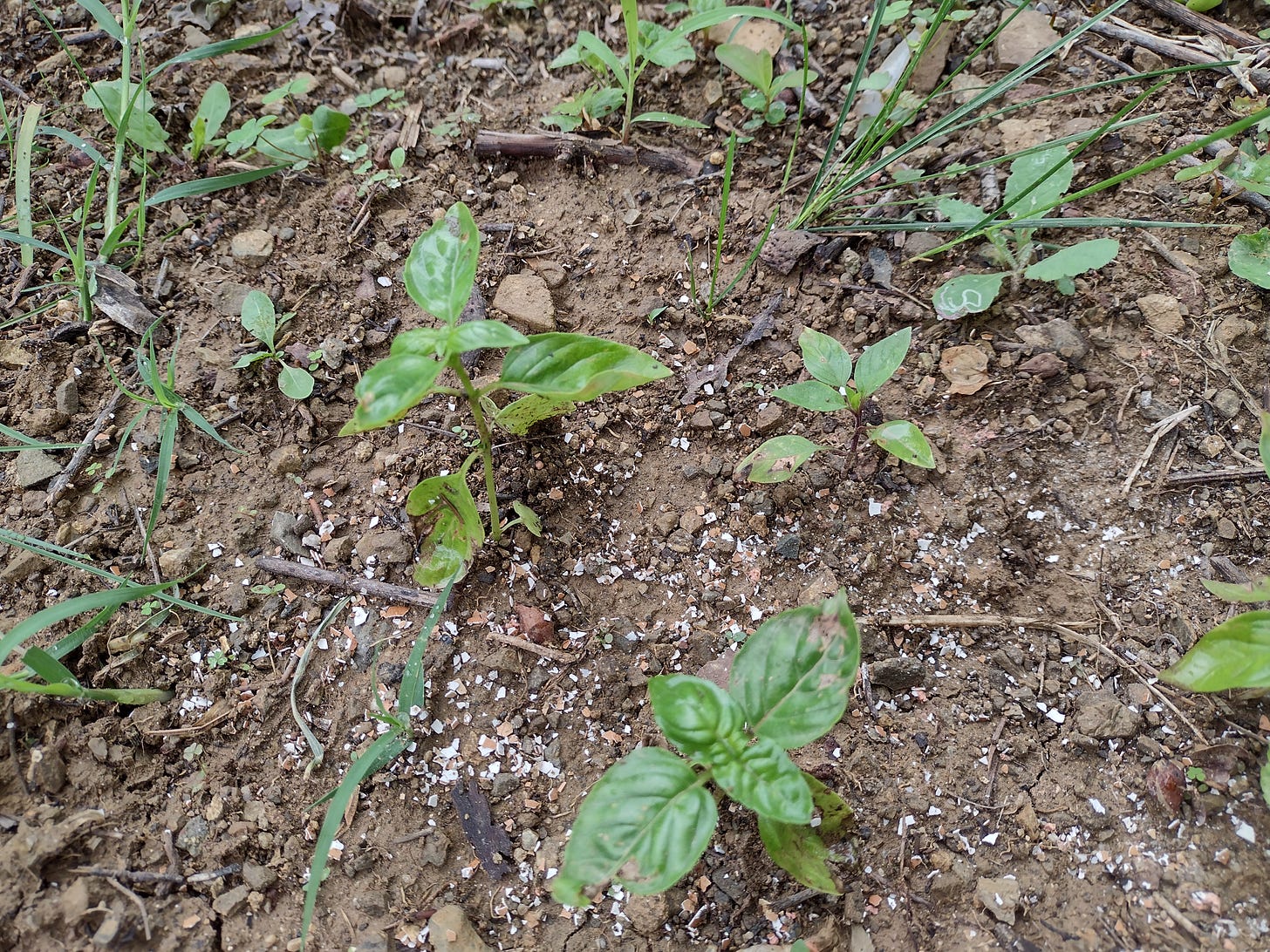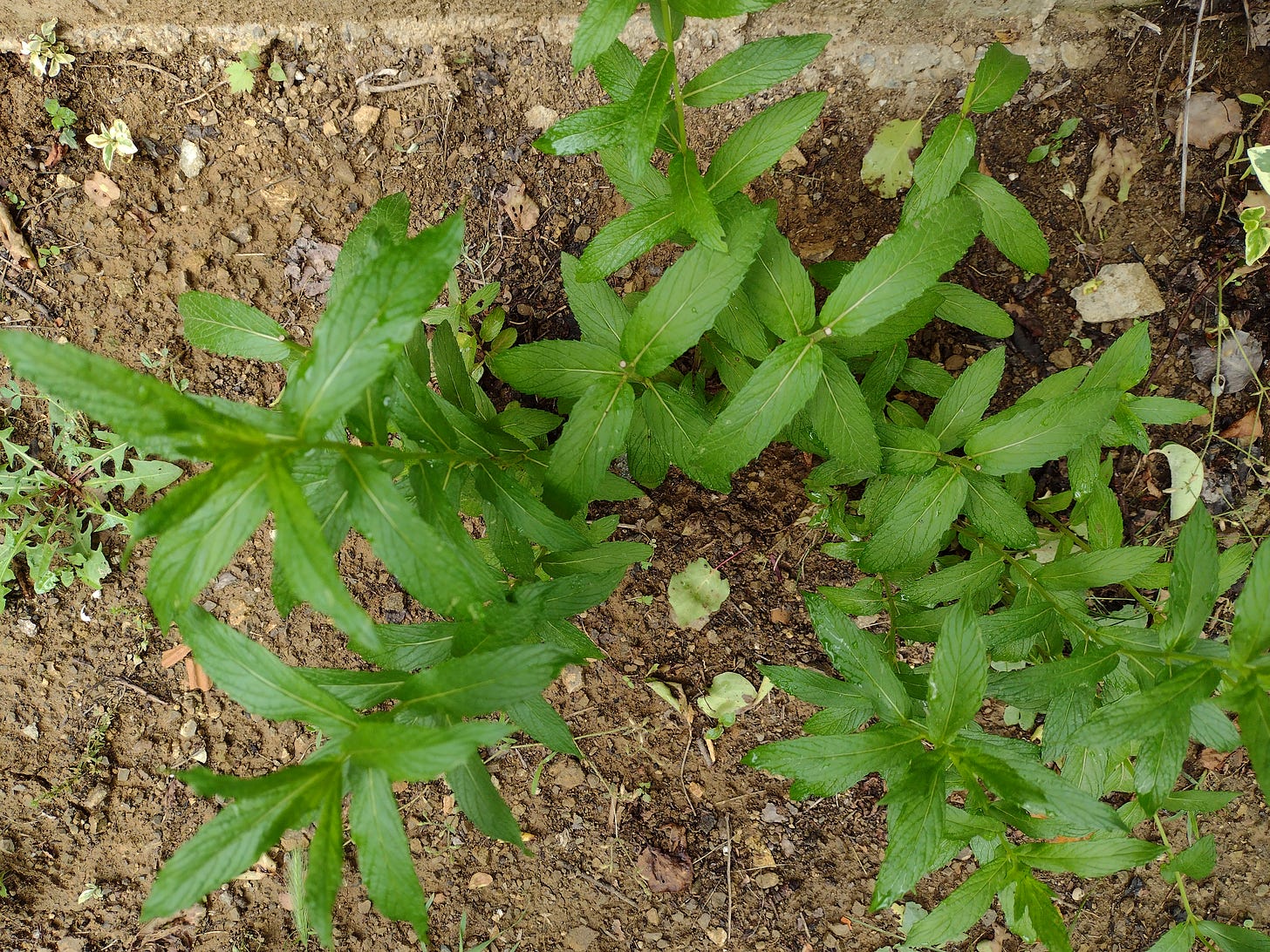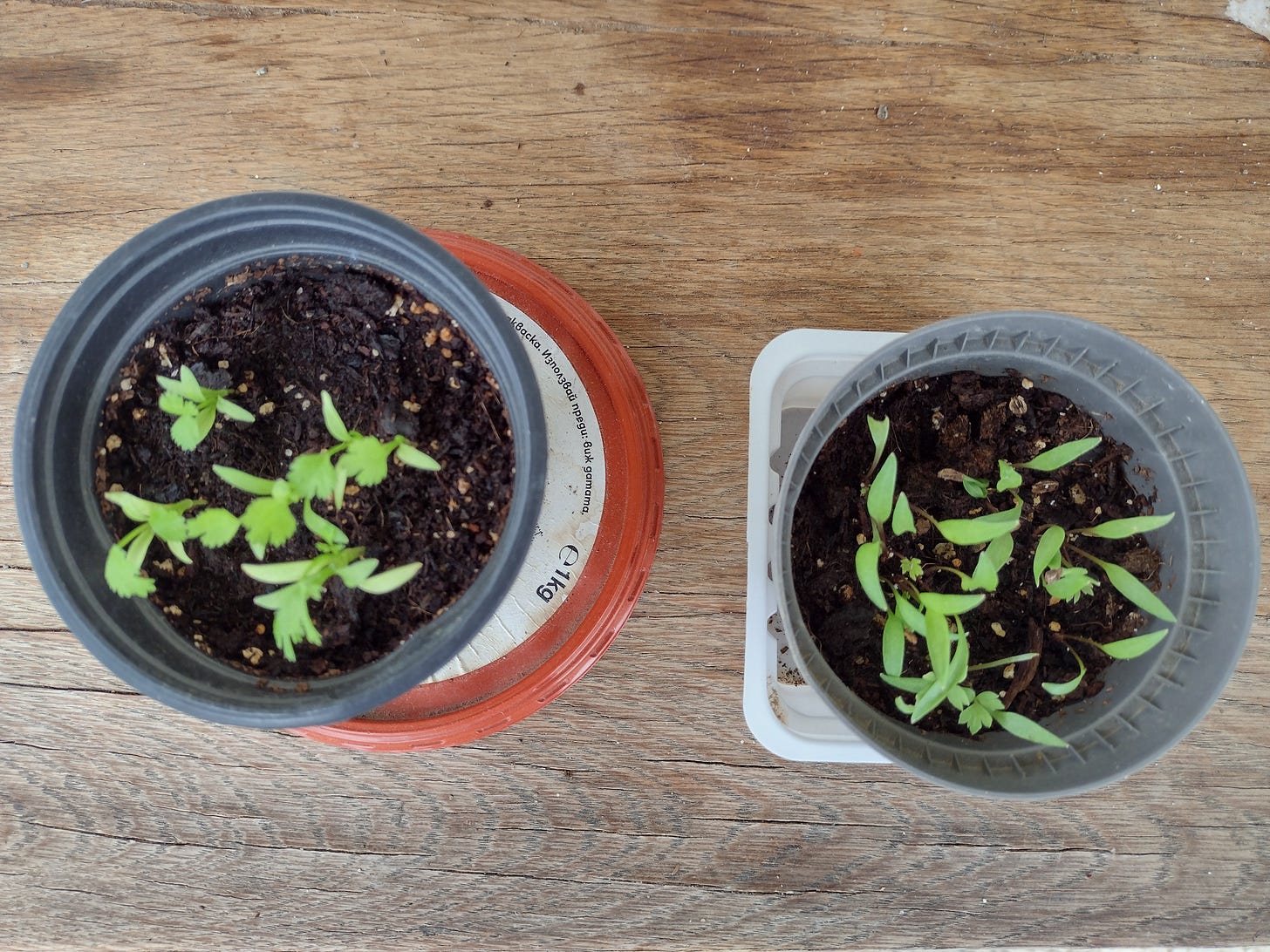Cris and Irina grew up in 80s Romania and Bulgaria, which meant that pharmaceutical abundance was not a feature of their early lives. This is not to say there were no pills and cough drops. There were and a lot of people used them. In Bulgaria, however, herbs were a big part of many families’ arsenal against things ranging from the common cold to kidney stones.
Irina: At school, we were set tasks for every summer holiday. These tasks — pioneer tasks they were called, after the obligatory youth Communist organisation everyone had to be a member of — most often featured picking or collecting a certain amount of this or that herb.
Cris: We picked fruit or delivered paper and glass for recyling.
Irina: Yeah, we had that too, but also herbs. “Pick five kilos of chamomile” and things like that.
Cat: What?!
While Cris grew up having his colds treated with throat pills and rubbing alcohol, Irina got hers treated with chamomile tea, hot turnip and honey syrup. In one memorable case a piece of unabsorbed surgical thread was sucked out of the wound with plantain leaf compresses. In another, the worst and deepest cough in her life was defeated with the nastiest and foulest-tasting tea ever made: coltsfoot tea.
Clearly, this was a tradition that deserved being carried forward, so when we found ourselves with enough land, a herbal garden was one of the obvious choice for the space, not least because some herbs are great in food, too.
The place came with a huge rosemary bush, which is a bit ironic given that Irina is the only one who likes it in a meal. But since rosemary is great for things like hair tonics, too, it does not sit and wilt unused. Not that it wilts. The only thing it does is grow.
Some herbs grow in weed form all over the place, which is pretty convenient and we don’t need to grow them from seeds or spend money on seedlings. There’s an abundance of mallow along the road outside our house, a wealth of thistle, as well as more sinister stuff such as belladonna and jimsonweed in case any of us feel like poisoning someone at some point, unlikely as it is.
Still, some of the herbs we use or hope to use we had to pay money for, like this newest addition to the herb crowd, the lemon balm. It’s a common ingredient in calming teas and it also appears to have a positive effect on digestion. These two often go together.
Some it took pains to grow from seeds only to witness their transformation into a wild growth machine. The chaos of oregano below started its life as a shy little tuft of greenery. Apparently, it liked the soil because it’s been growing like mad since its transplantation here. And now there’s two of them.
Oregano, besides a must in many Mediterranean dishes, is great for indigestion. It also doesn’t do any harm in the hair tonic Irina uses for stronger growth and less shedding. It works, by the way.
Some, such as the thyme below, were transplanted from the wild to the garden, took years of careful marking and weed control to be visible, were trampled because even the stone markings were not enough for Some People, and then thanked us for all the care by spreading fast and foregoing any flavour. Fun fact: there’s a small thyme patch by the garage that has all the flavour. We guess wild thyme wants to remain wild.
Some have had the decency to grow with no problem from seeds and do all the things they’re expected to do as plants, like this parsley below. It’s nearing the end of its life but it’s ready for one more flowering. After that', we’re harvesting the root, to include in soup herb mixtures.
Others have been a pain in the rump to grow despite their reputation as commonly grown herbs that misleads you into believing they are also easy to grow. It could have been the weather, of course, but this basil has been taking an awfully long time to turn into a decent-sized set of plants.
Still others have made a journey of survival. Years ago, there were a couple of spearmint plants scattered in the garden. They never did much with their short lives, never got big and lush, and never multiplied the way the oregano plants did. Until last autumn Irina found the last survivor and, on a whim, decided to move it to another part of the garden.
It was a single plant, scrawny and generally unhealthy-looking. Until it found its place. Intensive flowering ensued, seeds were produced and duly scattered around. Less than two months later — yes, smack in the middle of winter — the seeds began sprouting. A lot.
By late spring, we had an actual population of spearmint. Some have already been cut to stimulate bushier growth. And more leaves to dry for later use in bean soup and our standard weapon against the common cold: mint and chamomile tea. Ironically, chamomile isn’t growing anywhere near and the first attempt at growing it ourselves ended unsuccessfully.
Some are a work in progress, such as coriander and lovage. They don’t loo awfully enthusiastic about growing but at least they’re making true leaves, so there’s hope. We haven’t researched their medicinal properties but they’re a must in some of our favourite recipes so we’re persevering.
Herbs are definitely not a cure-all but it’s nice to have them on hand for the minor unplesantries of life, and even some of the more serious ones. And they do make food taste a lot better. Especially when you’ve grown them yourself.











Thank you for writing this. I have been studying this post, trying to glean all the pieces of information you shared. Could you recommend any books on this subject?
I first learned of your work inan interview with Robert Bryce on the Power Hungry podcast. I enjoyed hearing your perspective on cultural and energy issues and came to learn more.
Sincerely,
Lindsay